Reclaimed Wood Furniture: Smart Eco-Friendly Design
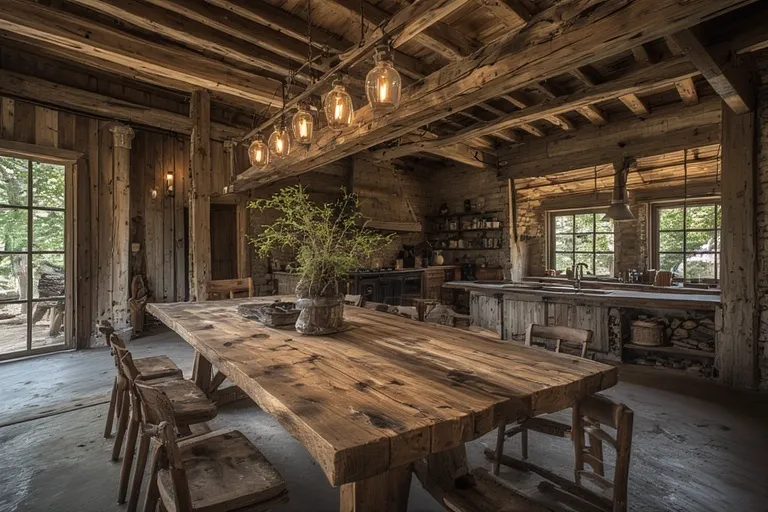
Reclaimed wood furniture is a stylish and sustainable way to bring character and eco-consciousness into your home. Each piece tells a story, blending rustic charm with purpose by repurposing wood from old barns, factories, or ships. This approach not only creates durable, unique furniture but also helps reduce deforestation, offering interiors that are both beautiful and environmentally responsible.
What Makes Reclaimed Wood Furniture So Special
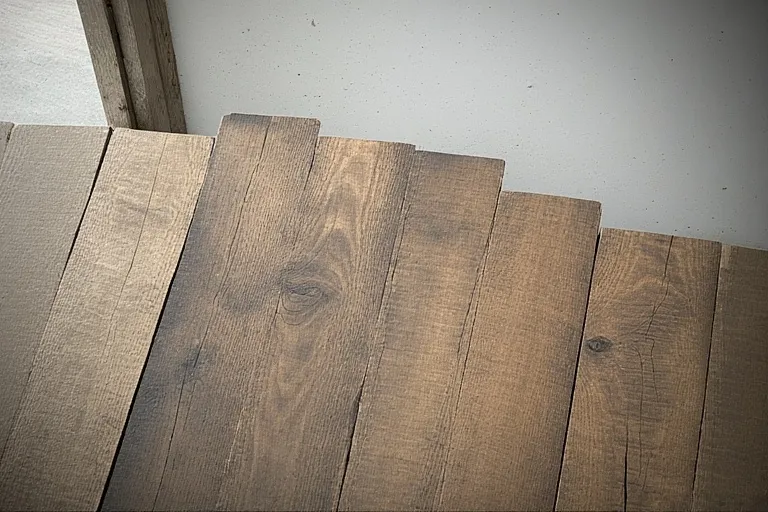
Reclaimed wood isn’t just another material choice — it’s a conscious decision to live sustainably. Every plank, beam, or board used in reclaimed furniture carries a history that adds personality and uniqueness to your space. Unlike newly manufactured wood, reclaimed lumber has aged naturally over decades, giving it unmatched strength, texture, and color variations that can’t be replicated artificially. You see Thanksgiving Table Setting
This type of furniture embodies authenticity. From visible nail holes and saw marks to unique grain patterns, reclaimed wood tells stories of the past while fitting seamlessly into modern design aesthetics. It’s no wonder interior designers and homeowners alike are drawn to its warmth and natural elegance.
The Sustainable Appeal of Reclaimed Wood
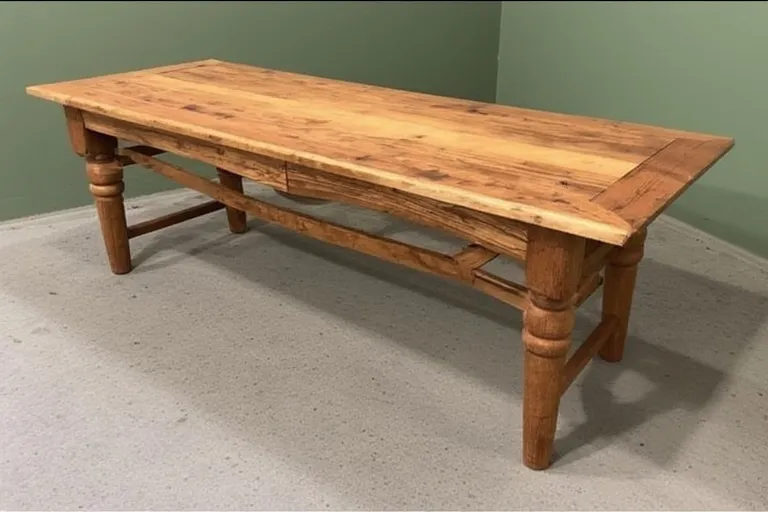
One of the biggest reasons for the growing popularity of reclaimed wood furniture is its environmental benefit. By repurposing wood that has already been used, we reduce the demand for new lumber, which helps save forests and minimize waste.
Here’s how reclaimed wood supports sustainability:
- Conservation of resources: It reduces the need for cutting down new trees.
- Energy efficiency: Processing reclaimed wood consumes far less energy compared to manufacturing new furniture.
- Reduced waste: Old materials are given new life instead of ending up in landfills.
- Carbon storage: Wood naturally stores carbon, keeping it out of the atmosphere and helping to fight climate change.
Essentially, reclaimed wood is a closed-loop resource — what once was old becomes new again, all without adding environmental strain.
How Reclaimed Wood Furniture Is Made
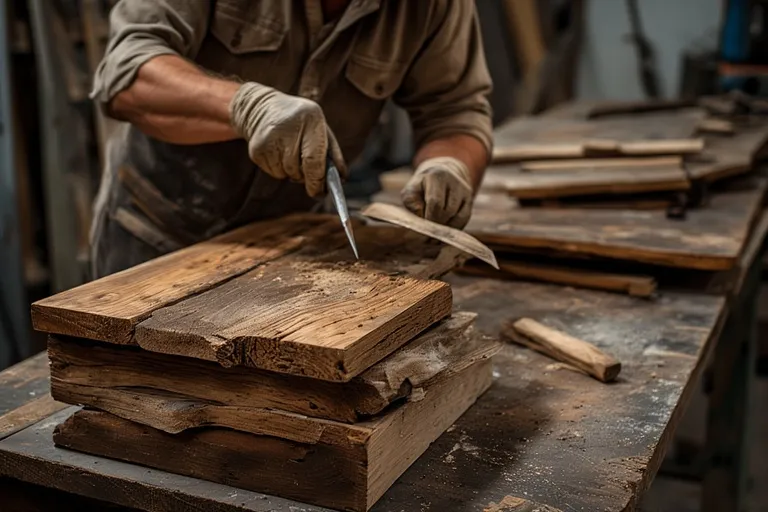
Creating reclaimed wood furniture requires craftsmanship, patience, and respect for the material’s history. The process begins with sourcing old wood from demolished structures like barns, bridges, factories, or warehouses. Craftsmen then clean, inspect, and treat the wood to remove nails or contaminants before cutting and shaping it for new use.
Each piece is carefully designed to preserve the wood’s natural character. The goal isn’t perfection — it’s authenticity. Imperfections such as knots, cracks, or weathering marks are often celebrated, not hidden, because they add soul and depth to the furniture.
Finally, finishes like natural oils or low-VOC stains enhance the wood’s beauty while protecting it for long-term use.
Design Versatility: Rustic Meets Modern
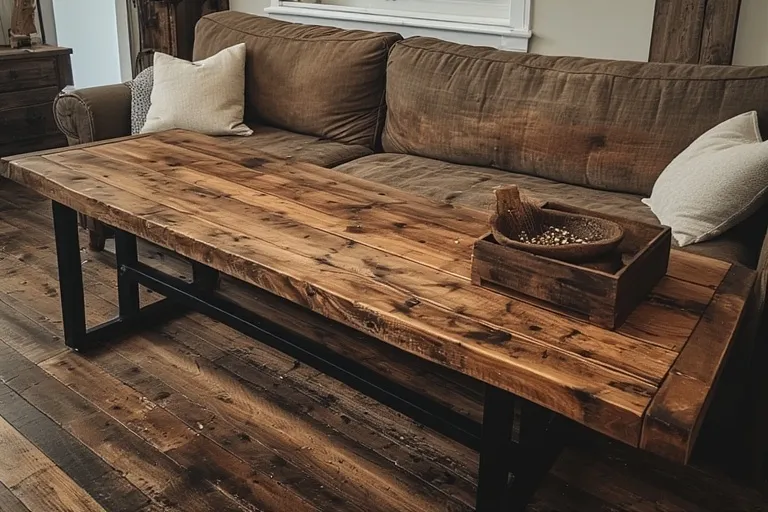
Reclaimed wood furniture can transform nearly any interior design style. Whether you love farmhouse charm, industrial modern aesthetics, or coastal minimalism, this versatile material adapts beautifully.
- Rustic & Farmhouse: Thick beams and distressed finishes evoke a warm, countryside feel.
- Modern & Minimal: Sleek lines paired with reclaimed wood tops create balance between nature and contemporary design.
- Industrial: Combining reclaimed wood with metal frames brings a raw, urban edge.
- Coastal & Boho: Weathered textures and lighter stains create a relaxed, breezy atmosphere.
Tables, shelves, headboards, cabinets, and benches made from reclaimed wood blend easily with a variety of materials like iron, glass, or stone — making them timeless statement pieces.
Benefits of Choosing Reclaimed Wood Furniture
1. Durability and Strength
Older wood often comes from mature trees that were denser and stronger than most modern lumber. This makes reclaimed wood furniture exceptionally long-lasting.
2. Unique Aesthetic
No two pieces are identical. Each has its own natural variations, markings, and patina that can’t be mass-produced.
3. Eco-Friendly Living
Using reclaimed wood supports recycling and sustainability efforts, reducing the environmental footprint of your home decor.
4. Timeless Appeal
Because reclaimed wood has already aged gracefully, it continues to look better with time, unlike synthetic materials that wear down.
5. Emotional Connection
There’s something profoundly human about owning a piece of history. Reclaimed furniture carries the soul of its past — a sense of craftsmanship and authenticity that connects you to something bigger than yourself.
Caring for Reclaimed Wood Furniture
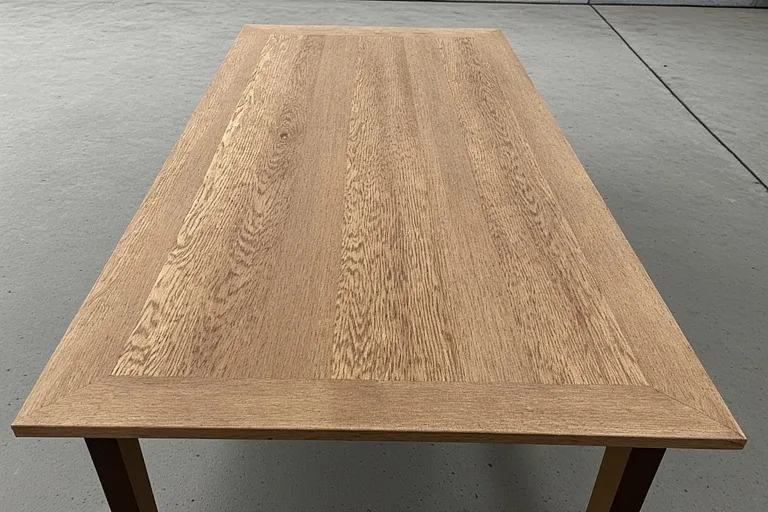
Although reclaimed wood is strong, it benefits from proper maintenance to ensure longevity. Here are some care tips:
- Avoid direct sunlight to prevent fading or cracking.
- Use natural cleaners instead of harsh chemicals that may damage the finish.
- Maintain humidity levels — extreme dryness or moisture can cause wood to warp.
- Reapply oil or wax finishes every few months to keep the wood nourished and protected.
A little attention goes a long way in preserving the beauty and durability of your reclaimed pieces.
Popular Uses in Home Decor
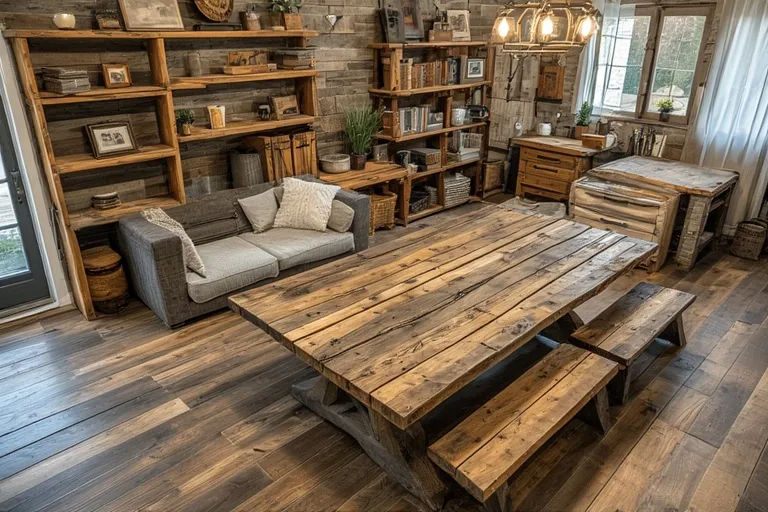
Reclaimed wood furniture fits effortlessly into nearly every room:
- Living Room: Coffee tables, media units, and shelving bring warmth and texture.
- Dining Room: Reclaimed dining tables become the centerpiece for family gatherings.
- Bedroom: Bed frames and dressers crafted from reclaimed wood add a cozy, vintage touch.
- Office: Desks and bookshelves offer a grounded, inspiring workspace.
- Kitchen: Islands and cabinetry made from old wood blend charm with functionality.
Its versatility and natural appeal make reclaimed wood an ideal material for anyone seeking both sustainability and style.
Combining Reclaimed Wood with Other Materials
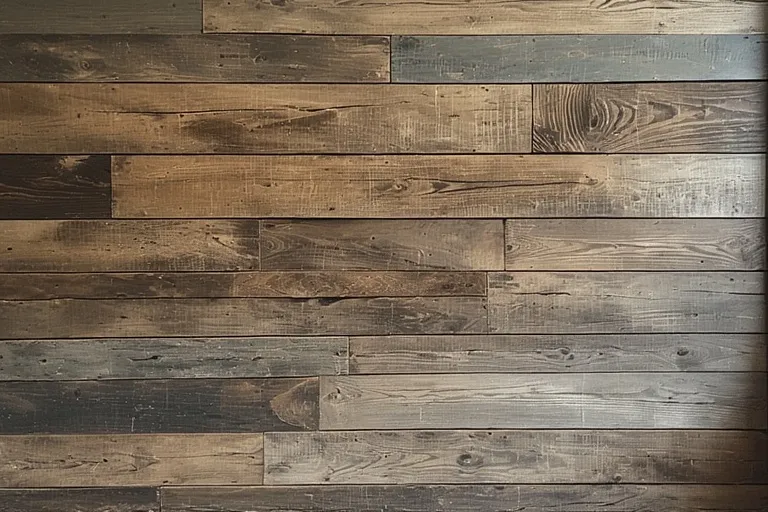
Designers love mixing reclaimed wood with contrasting materials to elevate its look:
- Wood + Metal: Industrial yet elegant.
- Wood + Glass: Modern and airy.
- Wood + Marble or Stone: Classic sophistication with rustic roots.
This fusion adds balance — the warmth of wood softens cold materials, creating spaces that feel both inviting and refined.
Why Reclaimed Wood Furniture Is Worth the Investment
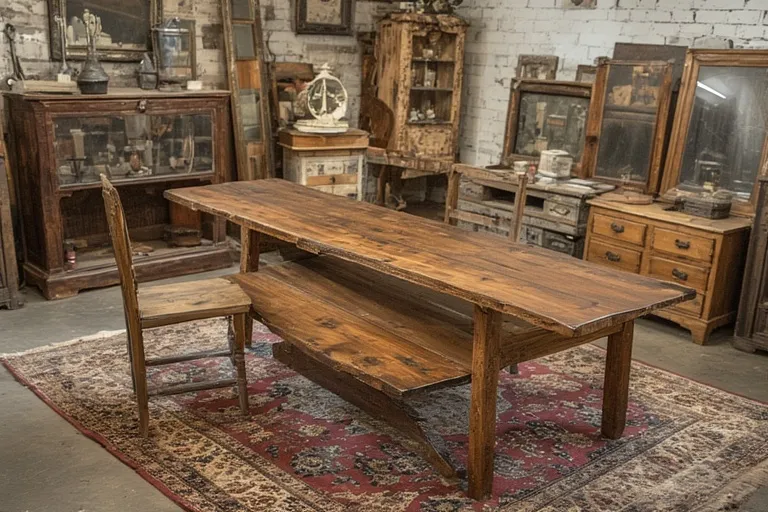
Though reclaimed furniture can sometimes cost more upfront than mass-produced alternatives, it’s an investment in quality, sustainability, and character. These pieces are built to last for generations, reducing the need for constant replacements. Moreover, their timeless design ensures they never go out of style.
Unlike factory-made products, reclaimed wood furniture celebrates imperfections, which makes every table, chair, or cabinet one-of-a-kind. It’s not just furniture — it’s a story you live with every day.
Conclusion
Reclaimed wood furniture represents more than just home decor — it’s a conscious lifestyle choice. Choosing reclaimed wood means embracing sustainability, preserving history, and celebrating craftsmanship in its purest form. Each piece holds stories from the past while enhancing the present, making your home not only beautiful but meaningful. With its enduring strength, eco-friendly nature, and timeless design, reclaimed wood furniture is proof that the most sustainable way to live beautifully is to honor what already exists.
1. What is reclaimed wood furniture?
Furniture made from recycled or repurposed old wood for sustainable home design.
2. Is reclaimed wood furniture eco-friendly?
Yes, it reduces waste, saves trees, and supports sustainable living.
3. How long does reclaimed wood furniture last?
With care, it can last for decades or even generations.
4. Can reclaimed wood furniture fit modern interiors?
Absolutely, it blends perfectly with rustic, industrial, or modern styles.
5. How do I maintain reclaimed wood furniture?
Keep it clean, avoid moisture, and use natural oils for protection.

One Comment